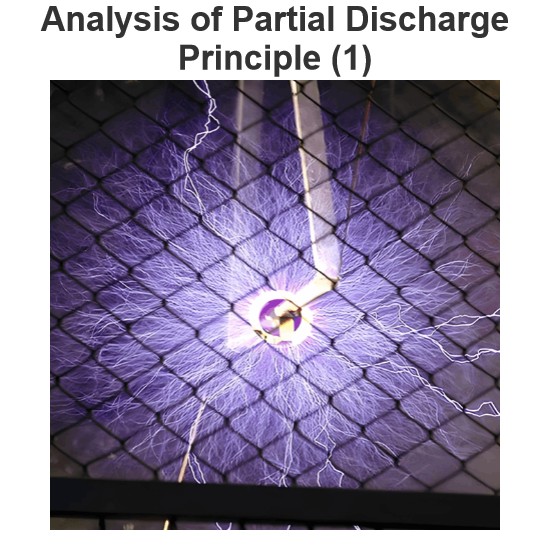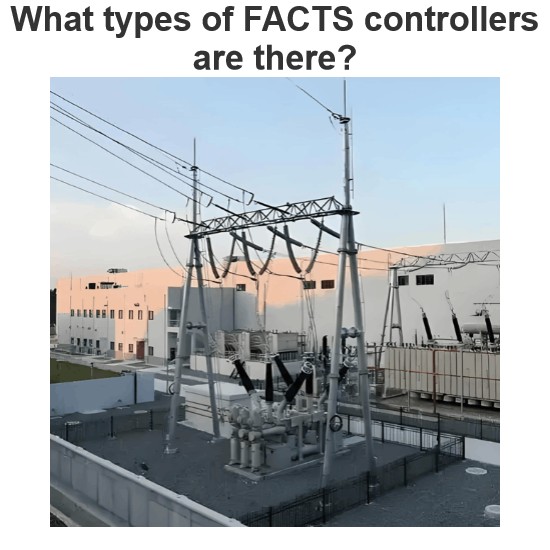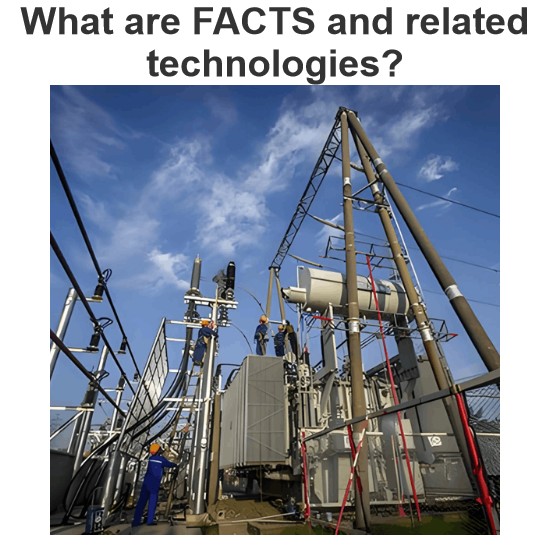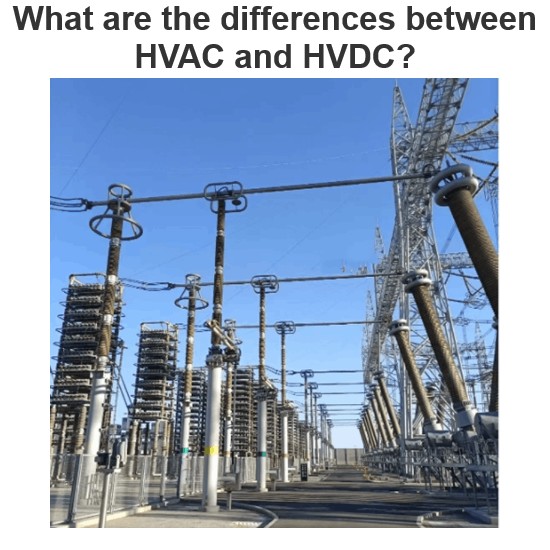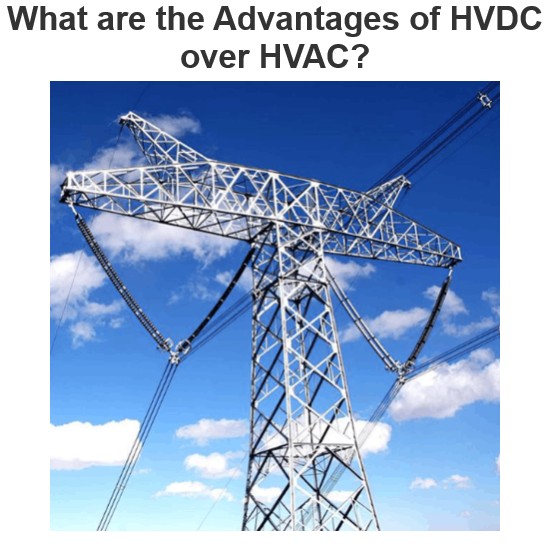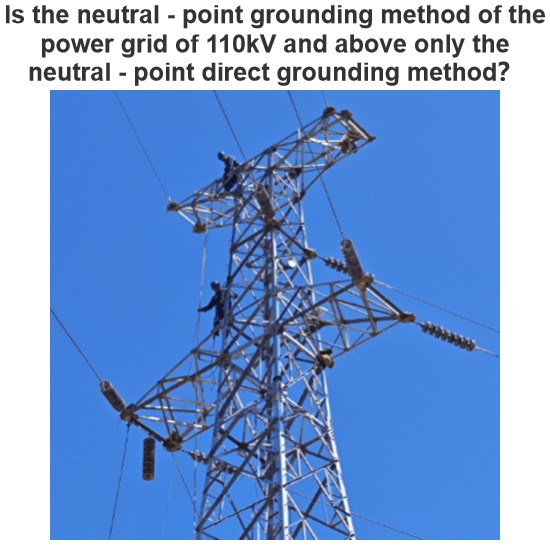| Brand | ROCKWILL |
| Model NO. | RMR-12kV...17.5kV...24kV SF6Ring Main Unit |
| Rated voltage | 24kV |
| Rated normal current | 630A |
| Series | RMR |
Description :
The RMR series is a medium voltage ring main unit insulated with SF6. The main switch can be a vacuum circuit breaker with permanent magnet mechanism or spring mechanism. It combines air insulation with SF6 gas compartment, which is compact and expandable, suitable for distribution automation. It has a compact structure, flexible operation, reliable interlocking, adopts sensing technology and the latest protective relays, advanced technology, lightweight and flexible assembly, suitable for various occasions, and meets the needs of different users.
Main function introduction:
Excellent Insulation Performance
Good Arc - Quenching Ability
Compact Structural Design
Reliable Sealing Performance
Flexible Operation and Maintenance
Comprehensive Protection and Safety Performance
Technology parameters:
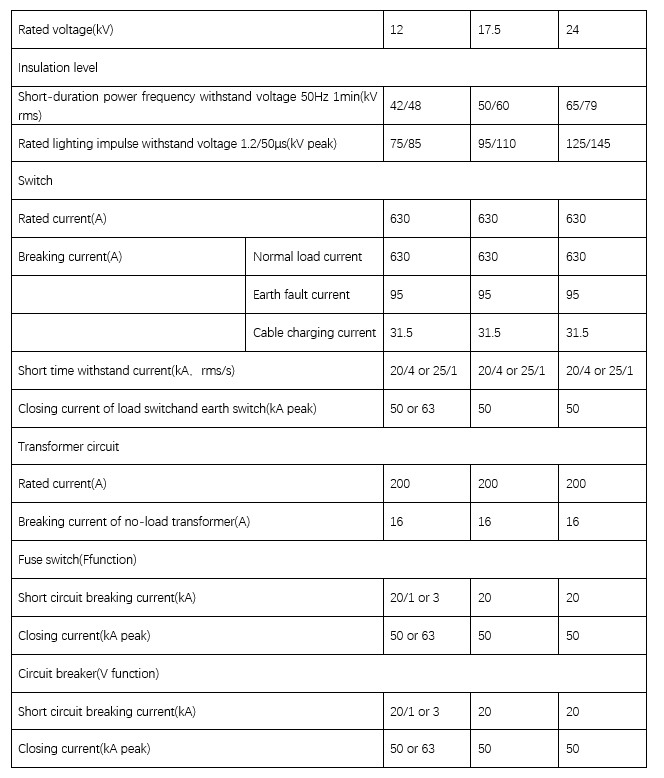
Foundation schematic diagram
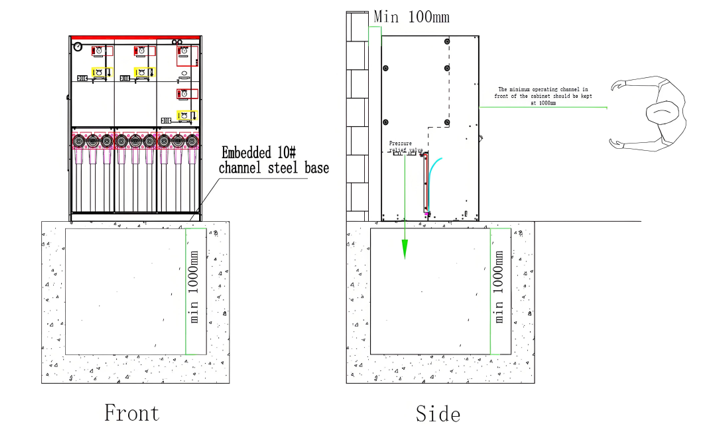
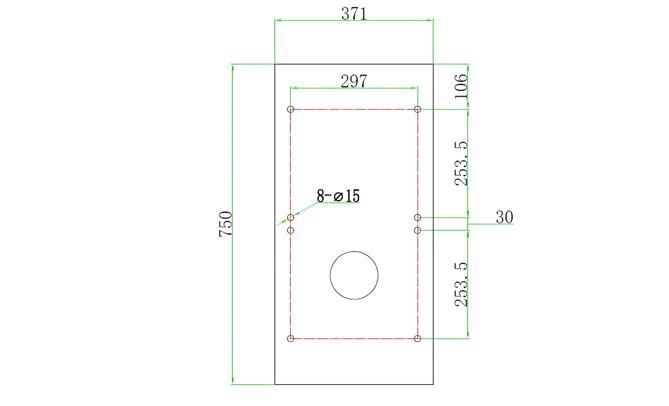
Q:What is the SF6 ring main unit?
A:An SF6 ring main unit is a key component in medium - voltage power distribution systems. It uses SF6 gas for insulation and arc - quenching. Compact in design, it integrates functions like switching, protection, and connection. It ensures stable power supply in various scenarios, from urban grids to industrial zones, with high reliability and safety.
Q:How is SF6 measured?
A:SF6 can be measured in several ways. One common method is using a gas density monitor to measure the density of SF6 in a closed system. Another is via a pressure gauge to check its pressure, as pressure is related to gas content. Additionally, infrared spectroscopy can be used to analyze the concentration of SF6 in the air.
Q:What is the purpose of RMU?
A:The Ring Main Unit (RMU) serves crucial purposes in electrical distribution. It enables efficient power distribution in urban areas, industrial complexes, and commercial buildings. RMUs house switches, fuses, and circuit breakers to control and protect electrical circuits. They simplify connections between power sources and consumers, enhance grid reliability, and help manage load distribution, ensuring stable power supply.

